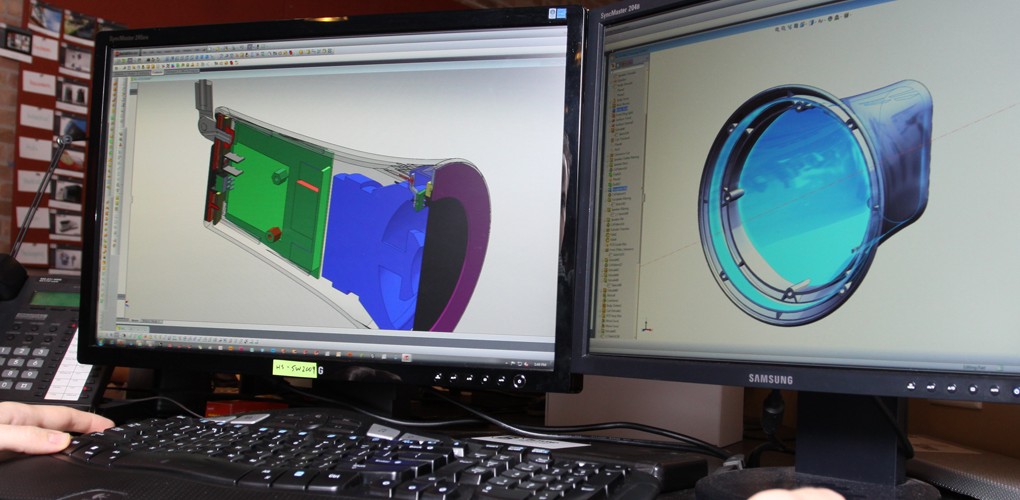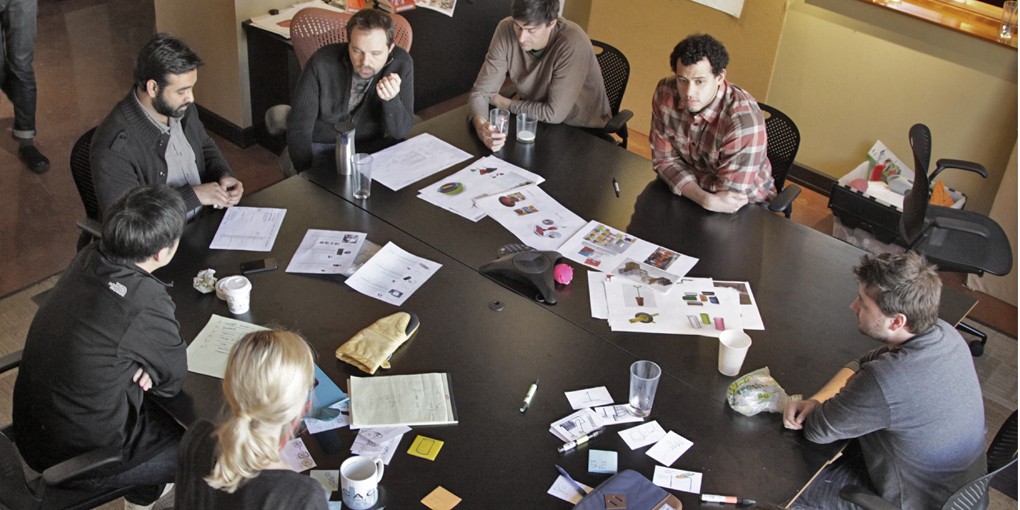The Product Management Mindset
For over the last 30 years, I’ve worked with countless numbers of marketing managers, product managers, vice president’s of product development and CEO’s, all who understand their business and most who are knowledgeable about manufacturing limitations. The future of product development lies in turning real user needs into solutions that can do more than just solve an apparent problem, but introducing something that has never been done before, improve efficiency and is more reliable.
The main question is what does it mean to be unique and different? Most companies I speak with want to create products that are “like Apple,” unique, sleek and cool materials but at a lower cost. This is wishful thinking and can only be achieved by those who understand their customers and lead without compromise.
In recent years, I am finding a trend where leadership is encouraging their employees to take chances and develop new ideas without being afraid to fail. This style of leadership is helpful, however it doesn’t provide certainty that a business will succeed.
Good product managers understand the need to see down the road and be prepared for the next revolution of products. However, “great” product managers know how to keep an eye on current revenue streams without diluting their long-range business strategy or brand and position with short-term near-sided vision. By running free with your ideas, slapping a brand on it and not clearly putting together a plan can cause more harm and damage to a product’s overall success.
Product managers are the architects responsible for every aspect of a product execution – from discovery through development, manufacturing, quality control, marketing, distribution and finally market launch. They must understand the overall market, while determining market segmentation, product pricing, positioning, branding, and more. Great product managers are able to create the vision that satisfies customer needs. They have an inherent understanding on how to create a strategic road-map that appeals to a broad range of customers with clear explanation of features and benefits, price points and margins. This road-map is critical in defining the business strategy to various stakeholders. Great product managers are able to see the big picture and create strategic plans that have management support to deliver a consistent message.
In my eyes, product management should be a holistic approach to create a unique, yet intuitive experience for customers. Solutions need to provide a competitive advantage that is more innovative and solves stakeholder needs faster and with more accuracy. In order to be successful, product managers must be passionate about their products and they have to be fluent with all facets of the business.
Here is a snapshot of what I believe are the seven most important attributes when setting the future product development path for any company:
Business: Product management must focus on maximizing the business value of a product, while understanding the competition and market conditions. They need to promote and optimize their product category to achieve business goals with the highest degree of profitability and market share.
Marketing: Identifying popular features, which will focus more on the design process. Another aspect is to understand social media on all levels – and whether it can help or hurt when introducing a product into the market.
Research & Strategy: Understanding how user trends are changing and how people are using technology. Prioritizing features and attributes that will add product and brand differentiation for better positioning it in the marketplace.
Industrial Design: Bringing form and function together to create more innovative products. Establishing a Visual Brand Language to promote and support the brand message and promise.
User Experience/GUI: A positive user interaction that is intuitive, responsive and provides a memorable experience that is seamless to the user.
Engineering: Quality parts that are designed to perform within set requirements, cost targets and longevity. Complex assemblies need to be tested for quality standards that support the brand positioning and promise.
Manufacturing:Parts need to be produced to a set standard that delivers on engineering specifications. Pending on annual quantities, part cost and other manufacturing processes, best manufacturing practices and quality control will be maintained.
To launch a high quality product, product management needs to focus on process and performance standards. Conducting post-launch reviews for the purpose of spotting new trends from the competition can provide popular patterns and trends. The expertise of those involved in product management guides the day-to-day applications of the product as well as the evolution. By delivering consistent feedback to all members in a constructive manner, it helps to hone in on certain instincts and ideas for developing a successful product.
Given the intimate understanding of performance, measuring metrics and standards are highly crucial. Within meetings, product management and those involved should deliver briefings and explain variances in why some products were successful and why others failed. Soliciting quality contributions from all departments result in rich discussions that can lead to better product strategies and decisions for the end users’ goals.
In product development, almost every failed product is due to poor communication on all ends of the spectrum. Product management becomes the bridge between all departments in order to discuss different functions within a business organization. Until a common language is spoken between all parties involved, ‘raising the bar’ won’t be achieved. Process requirements need to be addressed, along with using specific frameworks and guidelines to keep everyone on the same page within the company.
By knowing the various aspects of product development, this will help drive the product to market faster and with more success through a well planned approach. New product development puts an immense amount of emphasis on working together in teams and making sure new ideas are vetted before plans are set in motion.
For additional information about this article or if you have comments, please contact info@beyonddesignchicago.com







 Top
Top
